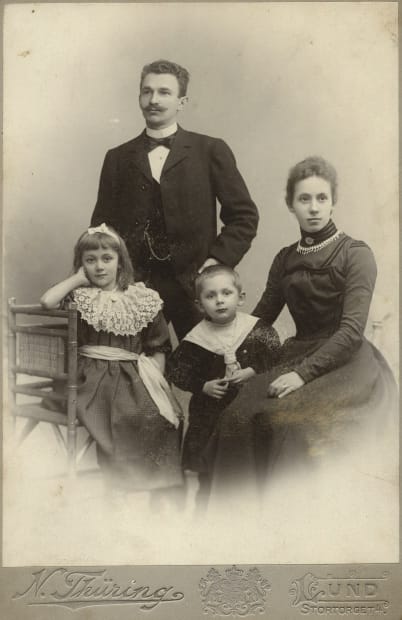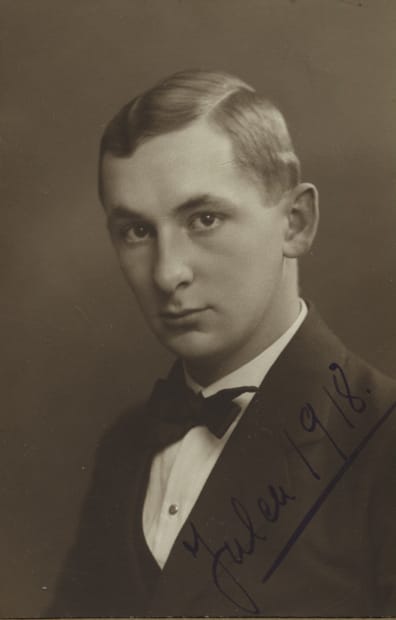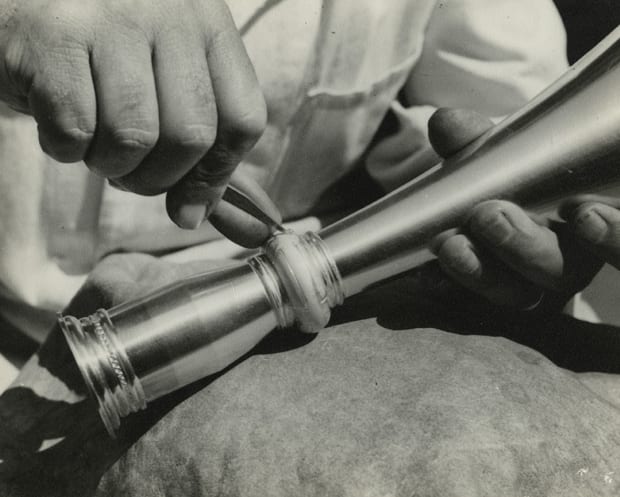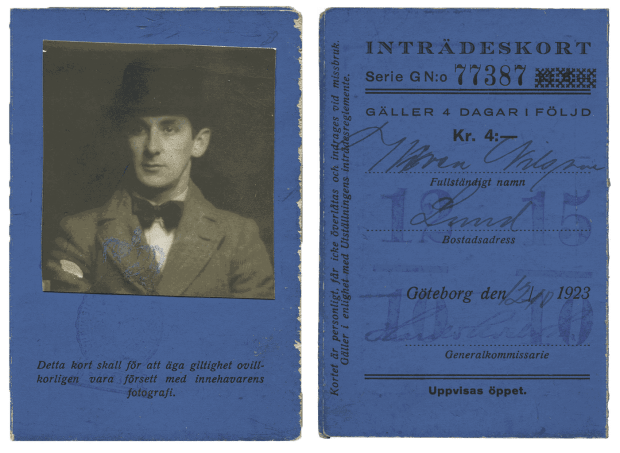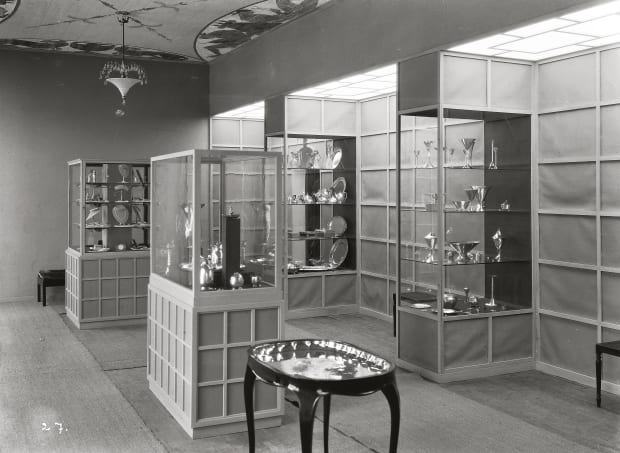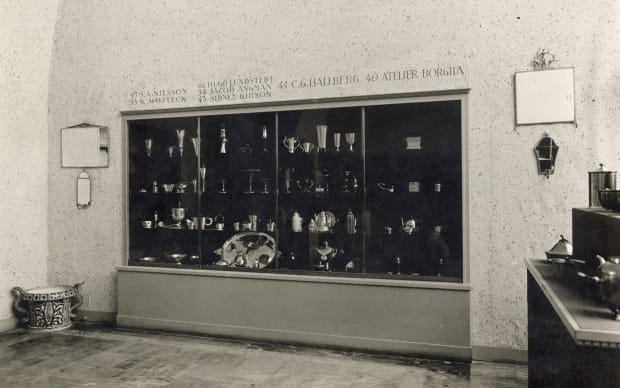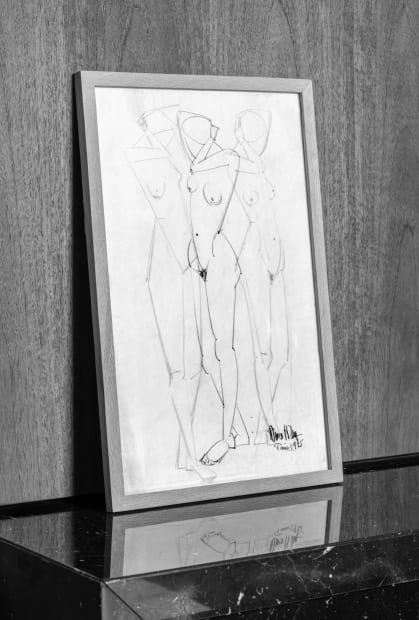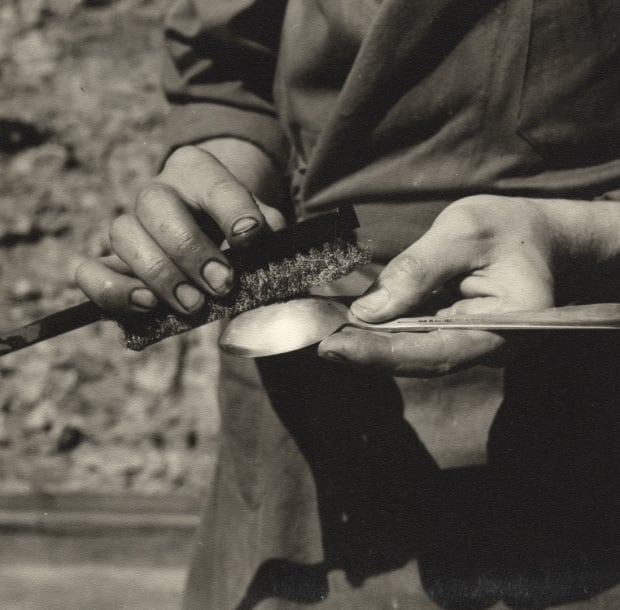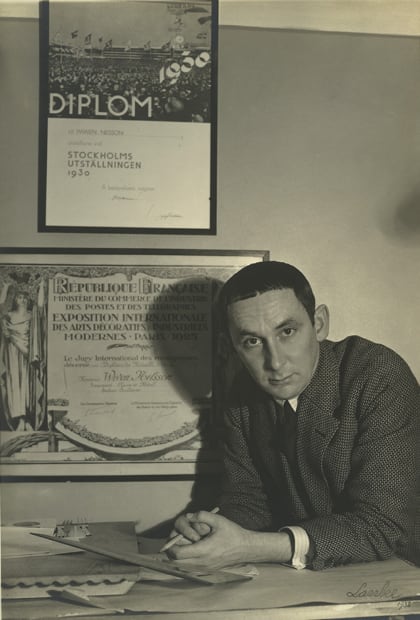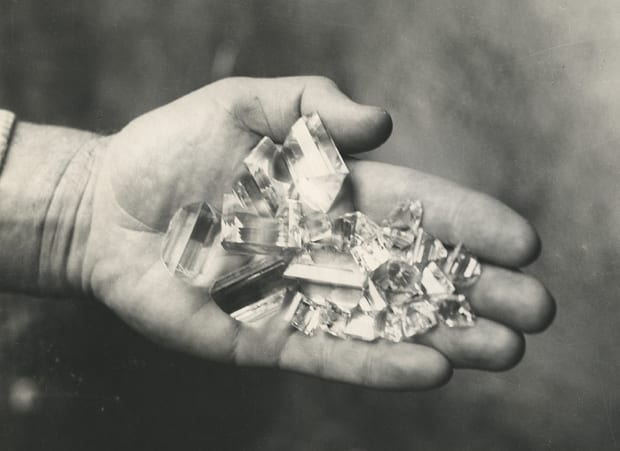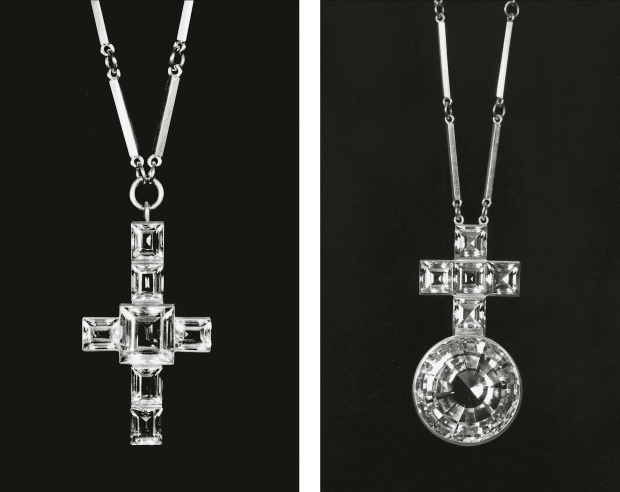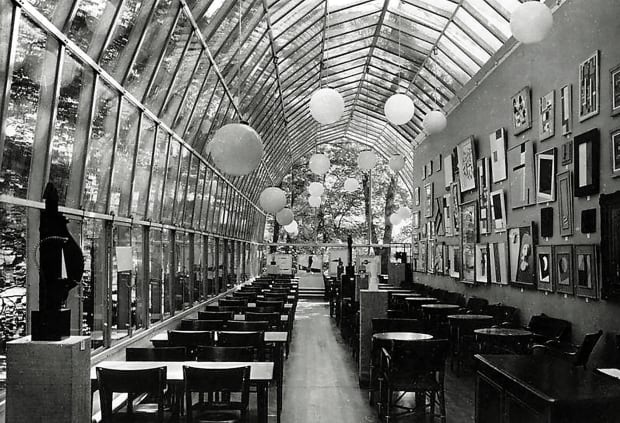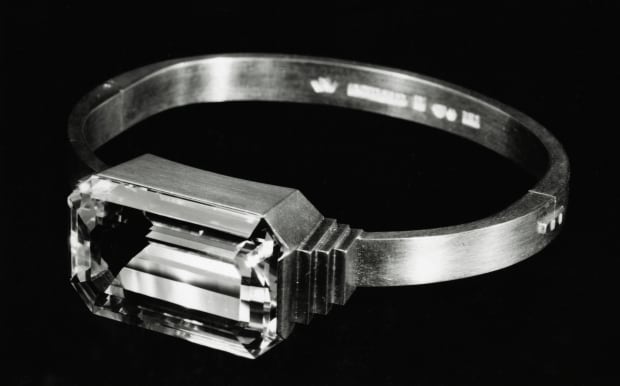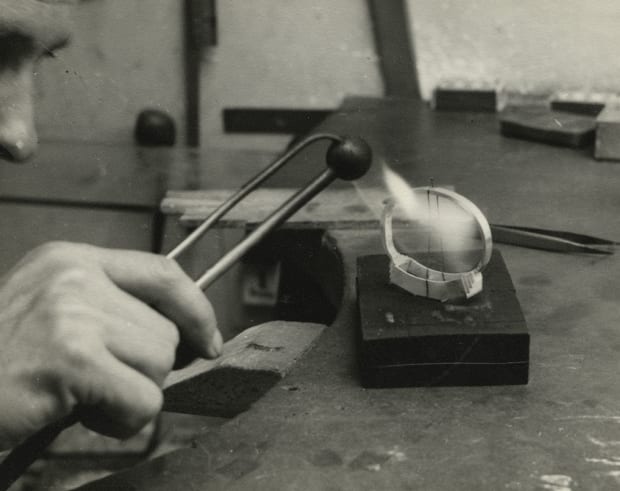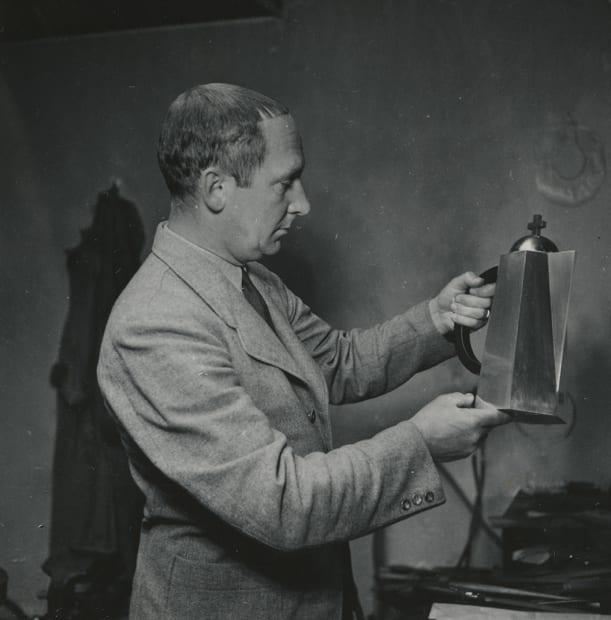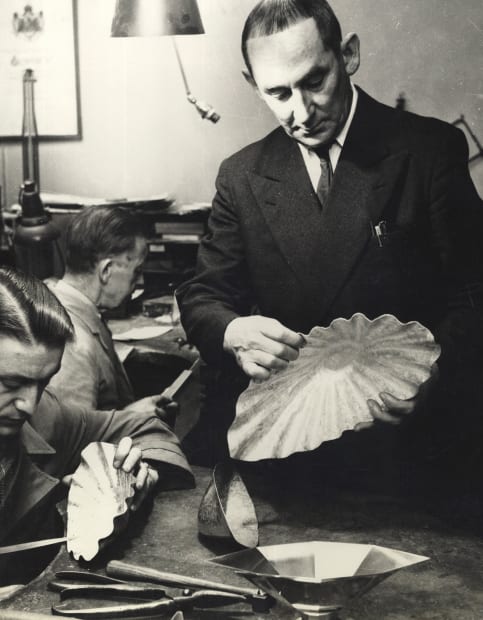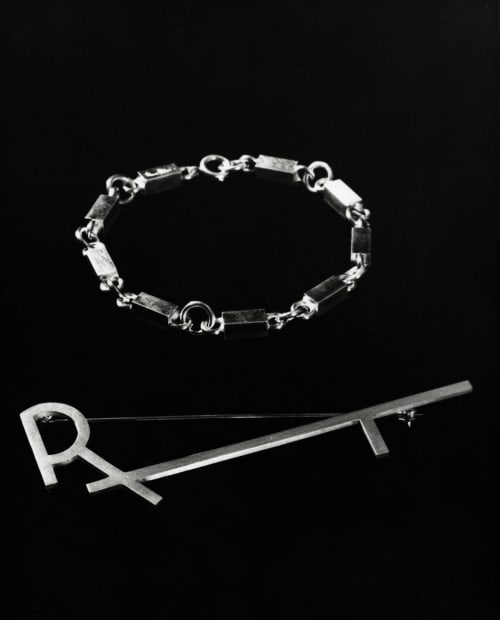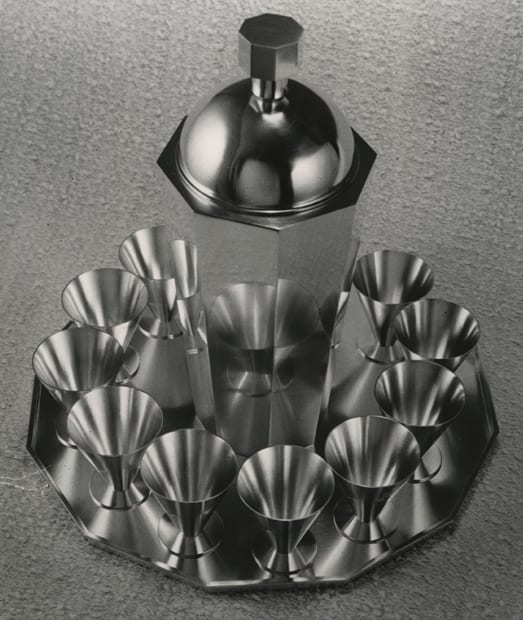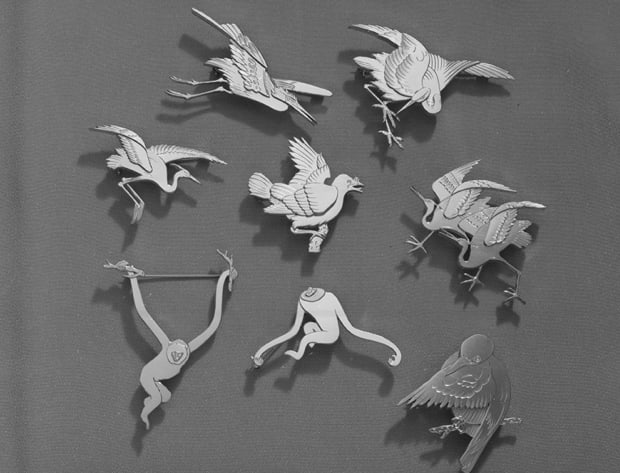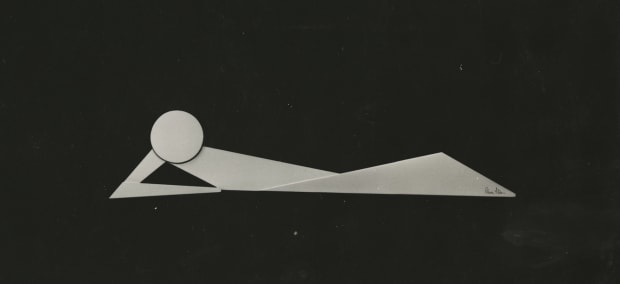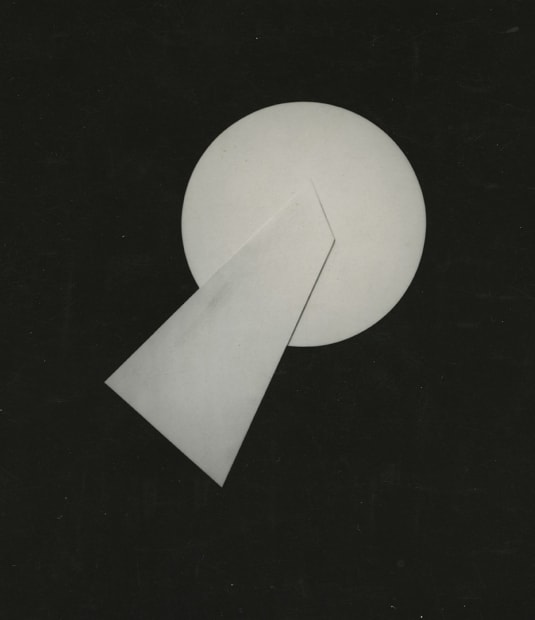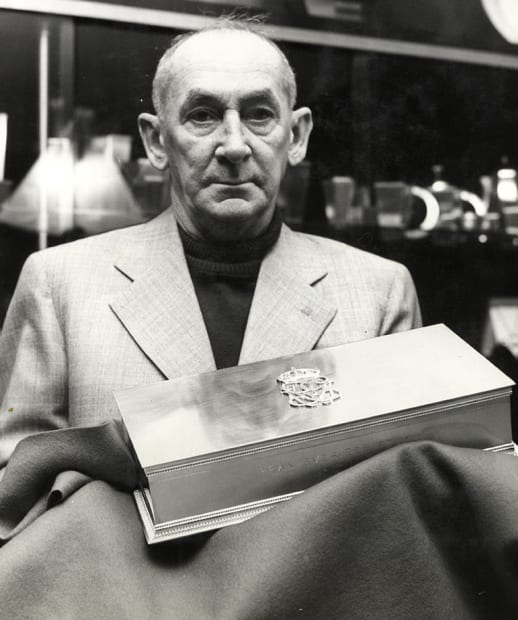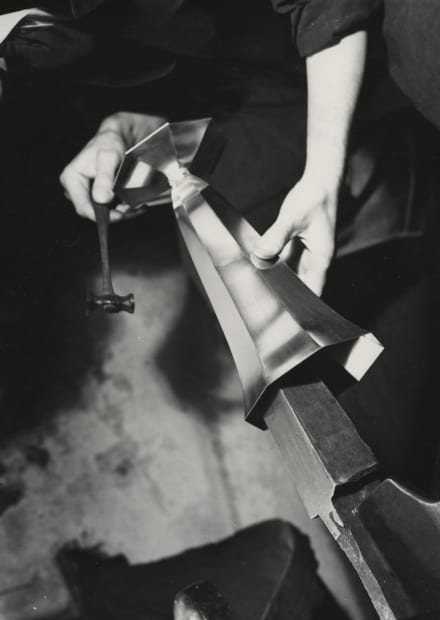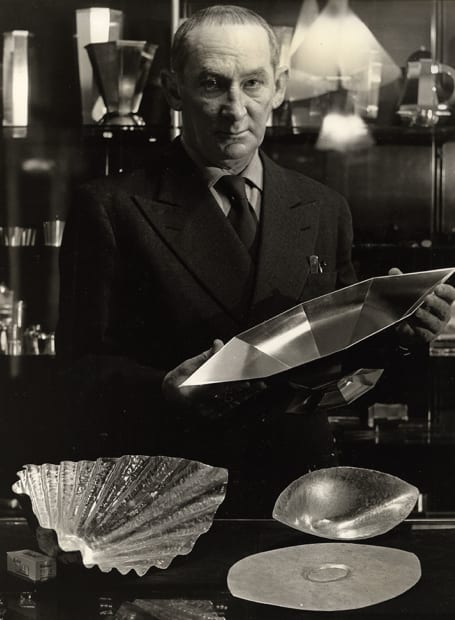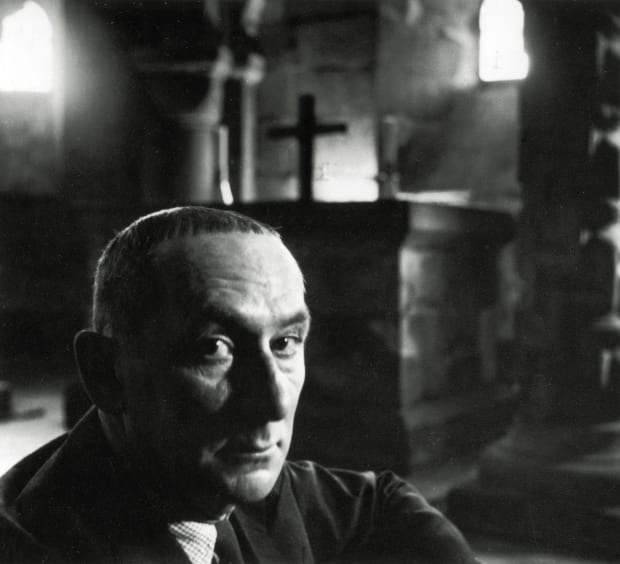-
1890s
-
 A young Wiwen Nilsson with his father, Anders, his mother, Karolina, and his sister Edith.
A young Wiwen Nilsson with his father, Anders, his mother, Karolina, and his sister Edith. -
1910s
-
 Wiwen Nilsson, 1918.
Wiwen Nilsson, 1918. -
 Wiwen Nilsson’s workshop.
Wiwen Nilsson’s workshop. -
1920s
-
 Wiwen Nilsson’s entry card to the Gothenburg Tercentennial Jubilee Exposition, 1923.
Wiwen Nilsson’s entry card to the Gothenburg Tercentennial Jubilee Exposition, 1923. -
 The Gothenburg Tercentennial Jubilee Exposition, 1923.
The Gothenburg Tercentennial Jubilee Exposition, 1923. -
 Wiwen Nilsson sculpting in Arvid Källström’s atelier in Paris, 1924.
Wiwen Nilsson sculpting in Arvid Källström’s atelier in Paris, 1924. -
 At Källström’s home in Paris, from front left and clock-wise: Arvid Källström, his wife, Elin, Erik Olson, Wiwen Nilsson in the back, Gösta Adrian-Nilsson (GAN), and Jules Schyl, in the front, 1924.
At Källström’s home in Paris, from front left and clock-wise: Arvid Källström, his wife, Elin, Erik Olson, Wiwen Nilsson in the back, Gösta Adrian-Nilsson (GAN), and Jules Schyl, in the front, 1924. -
 Sculptures, 1920s.
Sculptures, 1920s. -
 The Swedish display at the Exposition Internationale des Arts Décoratifs et Industriels Modernes (The International Exhibition of Modern Decorative and Industrial Arts) in Paris, 1925.
The Swedish display at the Exposition Internationale des Arts Décoratifs et Industriels Modernes (The International Exhibition of Modern Decorative and Industrial Arts) in Paris, 1925. -
 Drawing on paper, 1925.
Drawing on paper, 1925. -
 Wiwen Nilsson’s workshop.
Wiwen Nilsson’s workshop. -
 Wiwen Nilsson photographed in 1933 in front of his diplomas from the Exposition Internationale des Arts Décoratifs et Industriels Modernes in Paris, 1925, and the 1930 Stockholm Exhibition, Stockholm, Sweden.
Wiwen Nilsson photographed in 1933 in front of his diplomas from the Exposition Internationale des Arts Décoratifs et Industriels Modernes in Paris, 1925, and the 1930 Stockholm Exhibition, Stockholm, Sweden. -
1930s
-
 Wiwen Nilsson holding rock crystals.
Wiwen Nilsson holding rock crystals. -
 Wine jug, exhibited at the 1930 Stockholm Exhibition.
Wine jug, exhibited at the 1930 Stockholm Exhibition. -
 Rock crystal necklaces, designs from the 1930s.
Rock crystal necklaces, designs from the 1930s. -
 Cutlery set.
Cutlery set. -
 At the Art Concret exhibition in 1930, featuring international artists like Fernand Léger, Amédée Ozenfant, and Piet Mondrian. Wiwen Nilsson’s sculpture 'The Moon over Paris' (1925) stands in the centre of the space.
At the Art Concret exhibition in 1930, featuring international artists like Fernand Léger, Amédée Ozenfant, and Piet Mondrian. Wiwen Nilsson’s sculpture 'The Moon over Paris' (1925) stands in the centre of the space. -
 Rock crystal bracelet.
Rock crystal bracelet. -
 Wiwen Nilsson’s workshop, 1953.
Wiwen Nilsson’s workshop, 1953. -
 Wiwen Nilsson holding a communion wine jug.
Wiwen Nilsson holding a communion wine jug. -
1940s
-
 Wiwen Nilsson holding what will become the octagonal bowl in the foreground, 1953.
Wiwen Nilsson holding what will become the octagonal bowl in the foreground, 1953. -
 Bracelet and brooch.
Bracelet and brooch. -
 Cocktail shaker, goblets and tray.
Cocktail shaker, goblets and tray. -
 Wiwen Nilsson in his workshop holding a water jug. Pictured behind, an altar cross in silver, rock crystal, and ebony made in 1950.
Wiwen Nilsson in his workshop holding a water jug. Pictured behind, an altar cross in silver, rock crystal, and ebony made in 1950. -
1950s
-
 A craftsman in Wiwen Nilsson’s workshop with animal brooches inspired by East Asian art, 1950s.
A craftsman in Wiwen Nilsson’s workshop with animal brooches inspired by East Asian art, 1950s. -
 Animal brooches, designed in the 1950s.
Animal brooches, designed in the 1950s. -
 Wiwen Nilsson with his sculptures.
Wiwen Nilsson with his sculptures. -
 Vilande Kvinna (Resting Woman), relief, 1950s.
Vilande Kvinna (Resting Woman), relief, 1950s. -
 The exhibition at Malmö Museum in 1955. Among the visitors stands Wiwen Nilsson and his labradorite sculpture, designed in 1955.
The exhibition at Malmö Museum in 1955. Among the visitors stands Wiwen Nilsson and his labradorite sculpture, designed in 1955. -
 Relief, 1950s.
Relief, 1950s. -
 Wiwen Nilsson holding the 1959 communion vessel.
Wiwen Nilsson holding the 1959 communion vessel. -
 The 1959 communion vessel.
The 1959 communion vessel. -
1960s
-
 Wiwen Nilsson with the casket designed for the Swedish King Gustaf VI Adolf, gifted in 1962.
Wiwen Nilsson with the casket designed for the Swedish King Gustaf VI Adolf, gifted in 1962. -
 Wiwen Nilsson’s workshop.
Wiwen Nilsson’s workshop. -
 Wiwen Nilsson and the four stages of the creation of the octagonal bowl from a flat silver sheet to the final design.
Wiwen Nilsson and the four stages of the creation of the octagonal bowl from a flat silver sheet to the final design. -
1970s
-
 Wiwen Nilsson in the Crypt of Lund Cathedral in Sweden, 1953.
Wiwen Nilsson in the Crypt of Lund Cathedral in Sweden, 1953.
